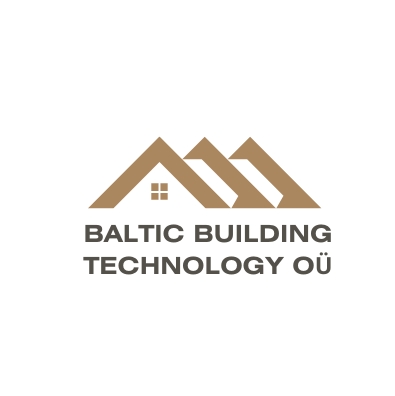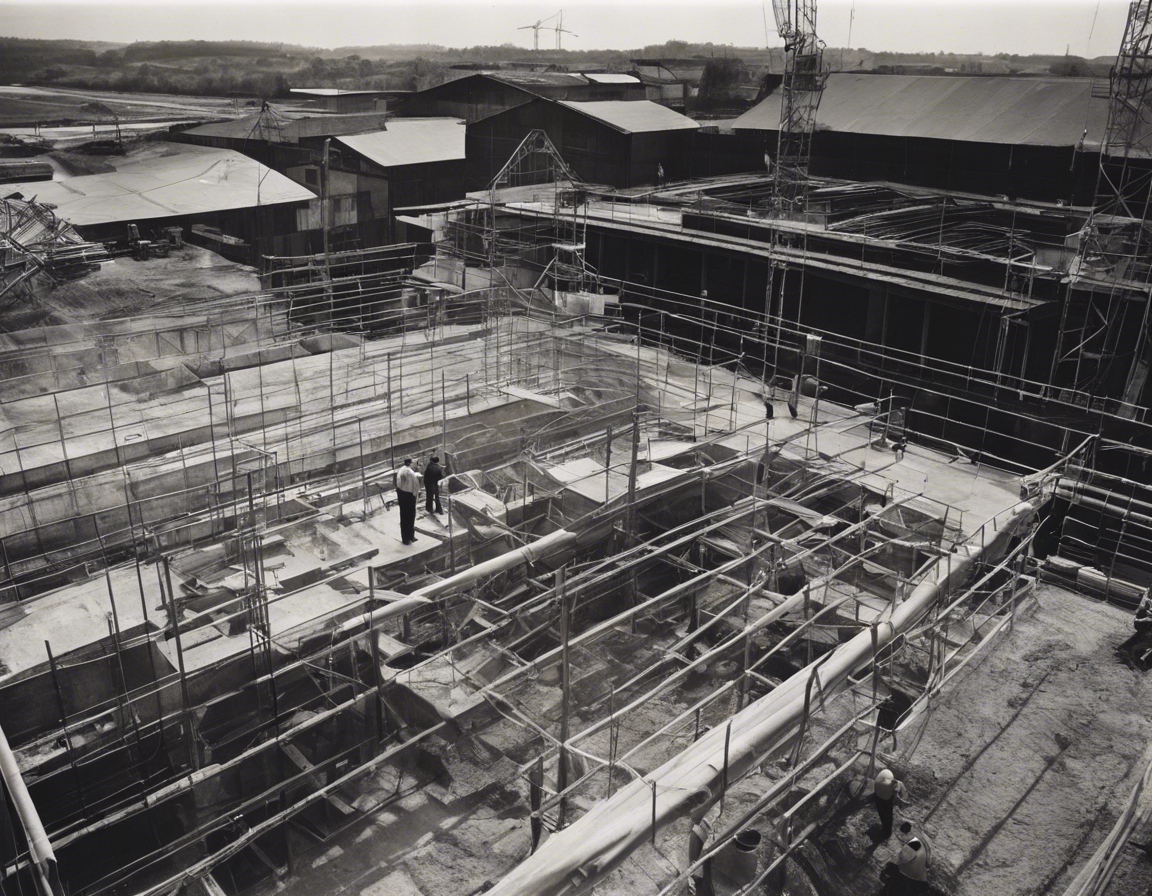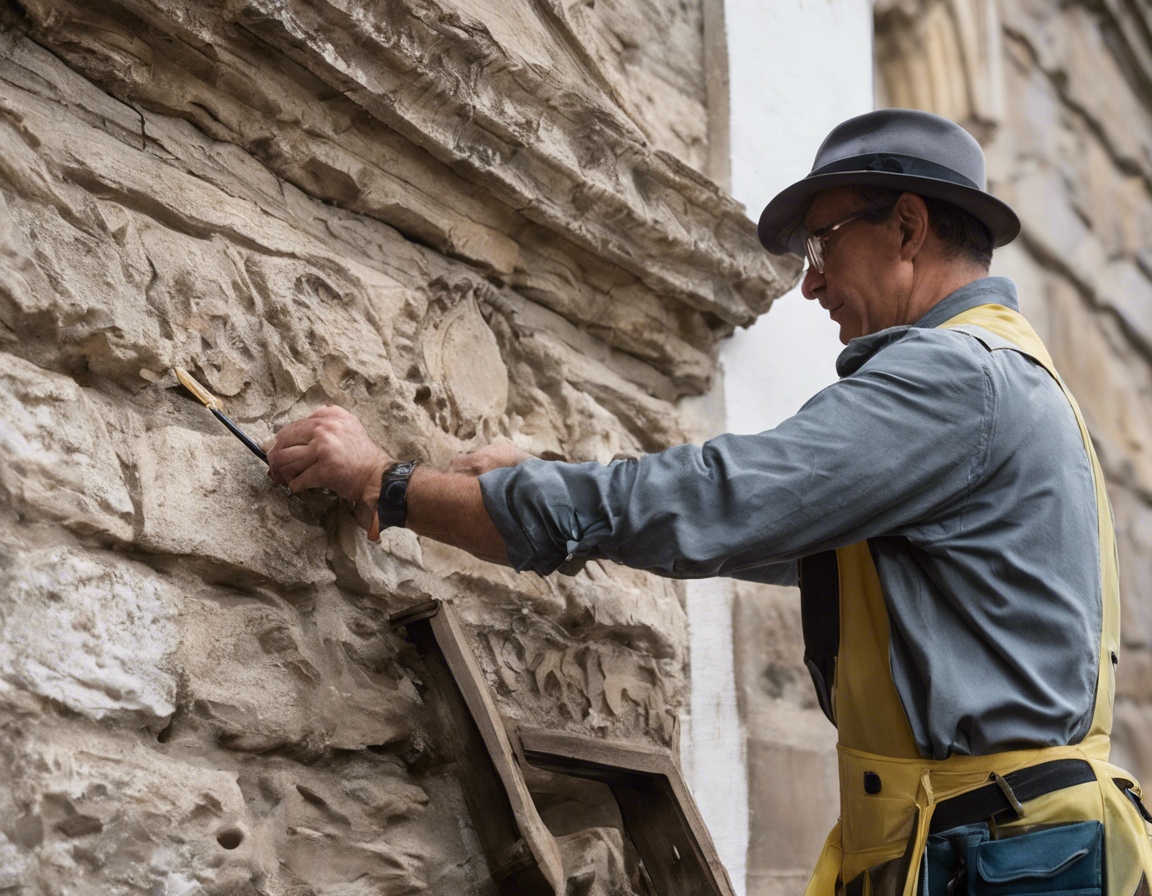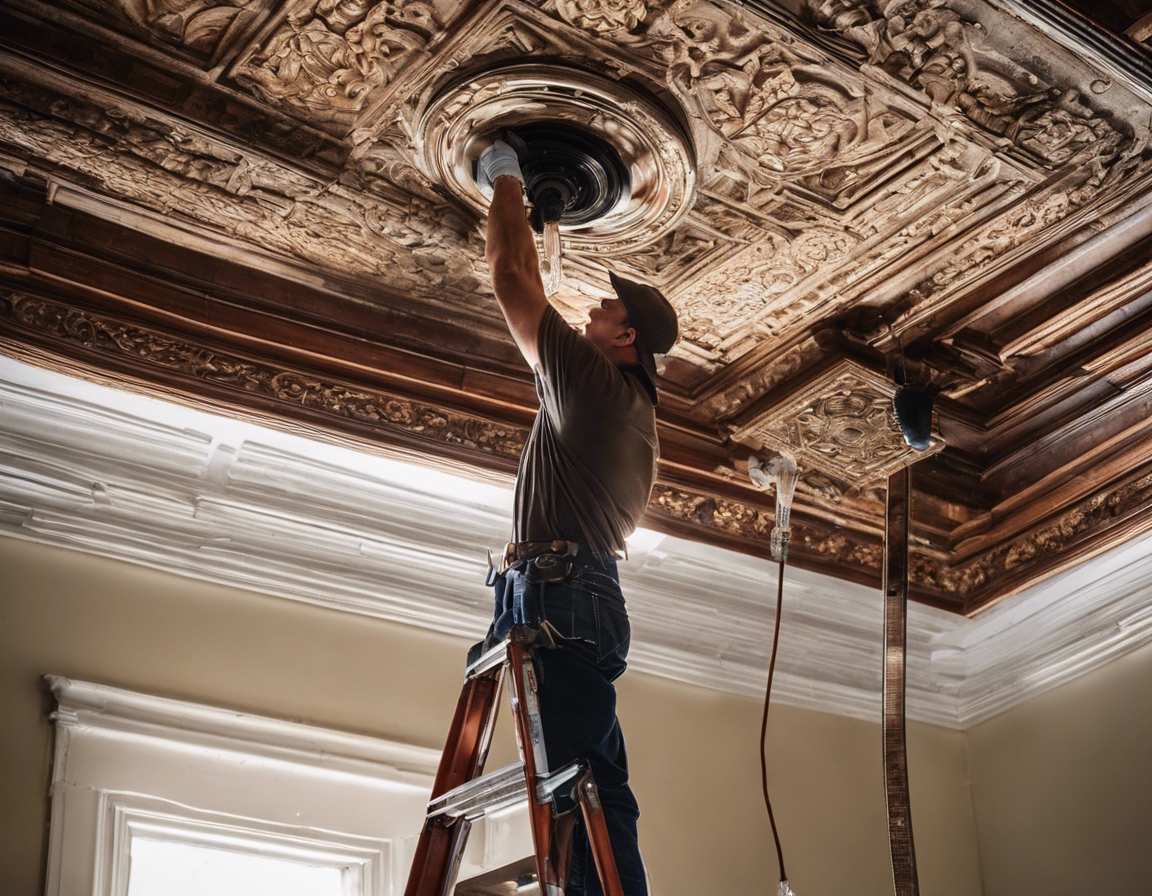Why heritage conservation matters today
Heritage conservation is the practice of preserving and protecting buildings, objects, landscapes, and other artifacts of historical significance. It is a deliberate action taken to maintain the cultural, aesthetic, and historical value of heritage assets for future generations. The process involves a range of activities from restoration and maintenance to legal protection and community engagement.
Heritage sites serve as tangible reminders of our collective past. They provide a unique window into the lives and stories of those who came before us, offering insights into different eras, architectural styles, and cultural practices. These sites form a crucial part of our cultural identity, shaping the character of communities and fostering a sense of belonging and continuity.
The Role of Heritage Conservation in Modern Society
Conserving heritage buildings can have significant economic advantages. Restored historical sites often become tourist attractions, generating revenue and creating jobs. Moreover, the process of conservation can stimulate local economies by involving craftsmen, construction workers, and suppliers, thereby supporting traditional skills and industries.
Heritage conservation is inherently sustainable, as it promotes the reuse and repurposing of existing structures, reducing the need for new materials and minimizing waste. This approach aligns with global efforts to combat climate change and promotes a more responsible use of resources.
Heritage sites are not only aesthetically pleasing but also serve as educational resources. They provide a context for learning about history, architecture, and society. Additionally, the process of conserving these sites often involves community participation, which can strengthen social cohesion and civic pride.
Challenges Facing Heritage Conservation
As cities expand and the demand for new development increases, heritage sites are often at risk. Balancing the needs of modern society with the desire to preserve the past is a complex challenge that requires careful planning and negotiation.
The integration of modern technology into heritage conservation can be both a boon and a challenge. While new techniques can aid in the preservation and restoration of historical sites, they must be applied sensitively to avoid compromising the integrity of the original structures.
Securing adequate funding and resources for heritage conservation projects is a persistent challenge. It requires the collaboration of government bodies, private sector stakeholders, and the community to ensure that these important sites are preserved for the enjoyment and education of all.
Best Practices in Heritage Conservation
Ensuring the safety of both the heritage structures and the individuals working on or visiting them is paramount. Adherence to strict safety standards is essential in any conservation project.
Conservation efforts must balance the need for modern functionality with respect for the site's historical integrity. This involves careful planning and a deep understanding of the heritage asset's significance and original design.
Modern electrical installations in heritage projects must be carried out with precision and care. They should enhance the functionality of the site while remaining discreet and in keeping with the historical character of the building.






Comments (0)